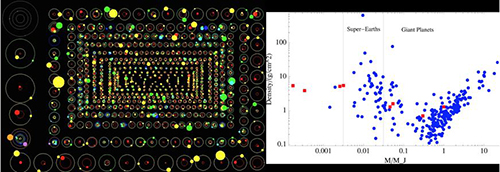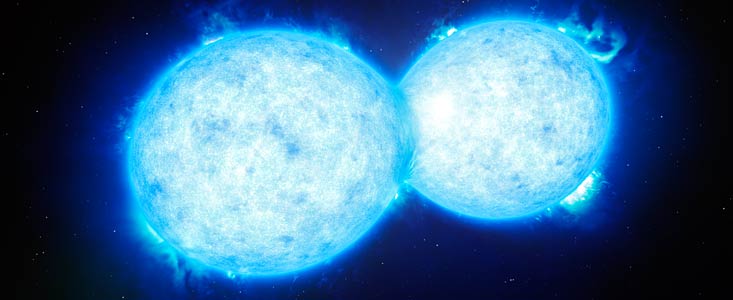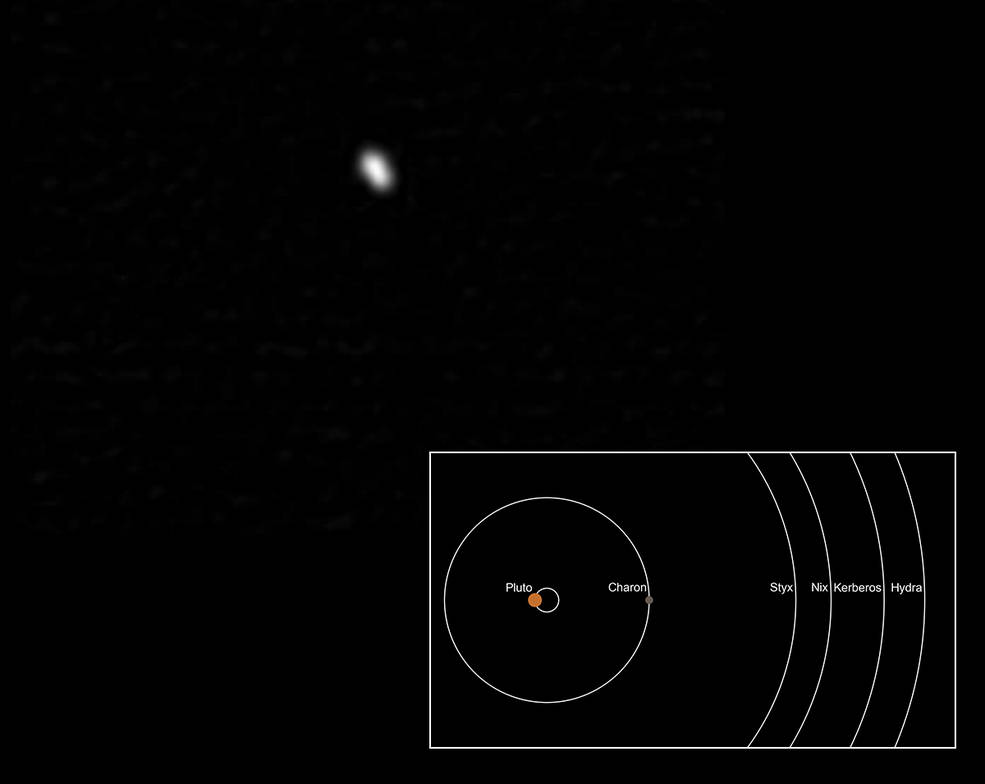
Images credit: NASA / Kepler Dan Fabricky (L), of a selection of the known Kepler exoplanets; Rebecca G. Martin and Mario Livio (2015) ApJ 810, 105 (R), of 287 confirmed exoplanets relative to our eight solar system planets.
It was just over 20 years ago that the very first exoplanet was found and confirmed to be orbiting a star not so different from our own sun. Fast forward to the present day, and the stellar wobble method, wherein the gravitational tug of a planet perturbs a star’s motion, has been surpassed in success by the transit method, wherein a planet transits across the disk of its parent star, blocking a portion of its light in a periodic fashion. Thanks to these methods and NASA’s Kepler spacecraft, we’ve identified many thousands of candidate planets, with nearly 2,000 of them having been confirmed, and their masses and densities measured.
The gas giants found in our solar system actually turn out to be remarkably typical: Jupiter-mass planets are very common, with less-massive and more-massive giants both extremely common. Saturn—the least dense world in our solar system—is actually of a fairly typical density for a gas giant world. It turns out that there are many planets out there with Saturn’s density or less. The rocky worlds are a little harder to quantify, because our methods and missions are much better at finding higher-mass planets than low-mass ones. Nevertheless, the lowest mass planets found are comparable to Earth and Venus, and range from just as dense to slightly less dense. We also find that we fall right into the middle of the “bell curve” for how old planetary systems are: we’re definitely typical in that regard.
But there are a few big surprises, which is to say there are three major ways our solar system is an outlier among the planets we’ve observed:
- All our solar system’s planets are significantly farther out than the average distance for exoplanets around their stars. More than half of the planets we’ve discovered are closer to their star than Mercury is to ours, which might be a selection effect (closer planets are easier to find), but it might indicate a way our star is unusual: being devoid of very close-in planets.
- All eight of our solar system’s planets’ orbits are highly circular, with even the eccentric Mars and Mercury only having a few percent deviation from a perfect circle. But most exoplanets have significant eccentricities, which could indicate something unusual about us.
- And finally, one of the most common classes of exoplanet—a super-Earth or mini-Neptune, with 1.5-to-10 times the mass of Earth—is completely missing from our solar system.
Until we develop the technology to probe for lower-mass planets at even greater distances around other star systems, we won’t truly know for certain how unusual we really are!




